
DNA Tests on Beethoven's Hair Finally Explain His Mysterious Death
A Morbid Souvenir
After Beethoven's death in 1827, some people close to him did something quite peculiar. They cut small pieces of hair from his head. The reason? They wanted a kind of macabre "keepsake" of the man.
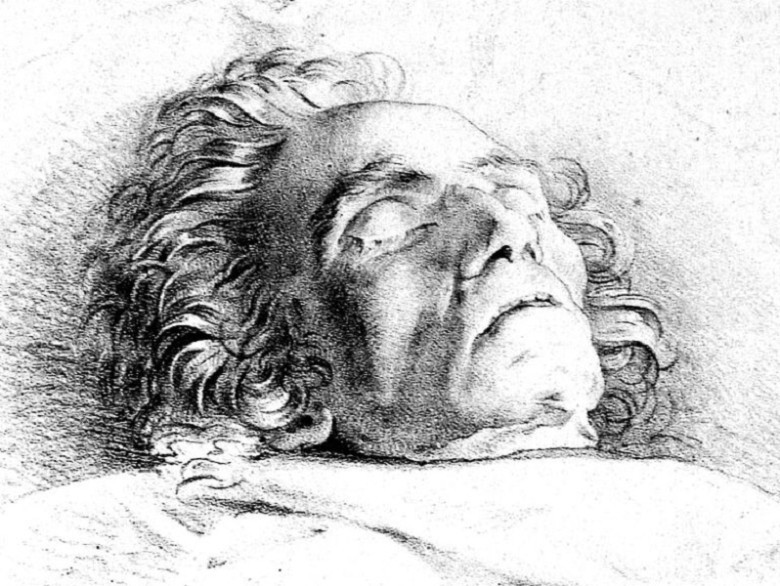
Today, this action may seem strange to us, but it was not so uncommon back then. And in an unexpected way, it has actually helped us learn a lot about the composer himself.
The Very Best
It may seem strange to cut strands of hair from a deceased man, but Beethoven inspired great reverence in people. That is easily understandable.

After all, he was one of, if not the, greatest musicians and composers of all time. If that is not enough to inspire reverence in people, then I don't know what is.
Hearing Loss
What makes Beethoven's skills even more astonishing is the fact that he composed masterpieces even after losing his hearing.

That's right, for those who didn't know, Beethoven was deaf towards the end of his life. Yet, he continued to compose some of the greatest musical pieces ever created.
"A Miserable Life"
Understandably, Beethoven was devastated by his illness, as he revealed in a letter to a trusted confidant named Franz Wegeler in 1801. "I must confess that I lead a miserable life," he wrote.
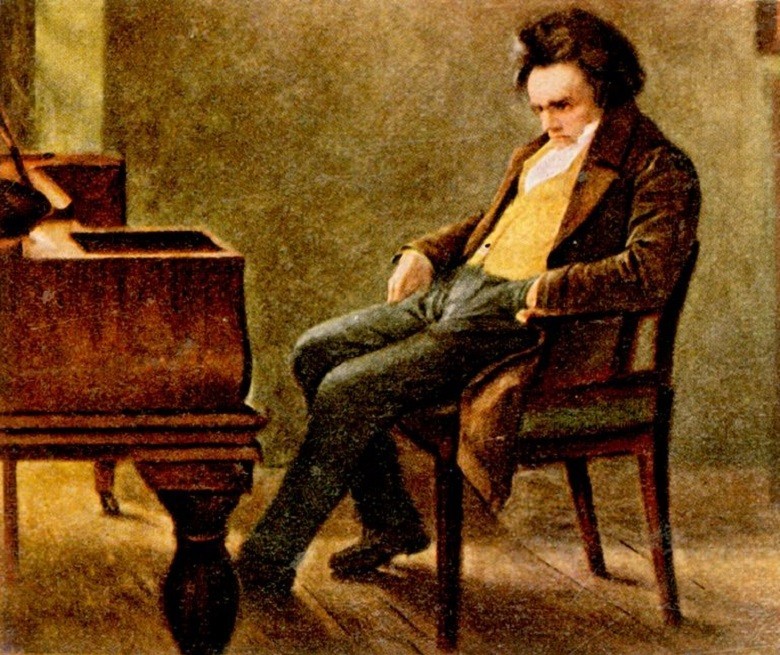
"For almost two years, I have stopped attending social events because it is impossible for me to tell people 'I am deaf.' If I had a different occupation, I might be able to cope with my illness; but in my profession, it is a terrible handicap."
More Problems
Ludwig van Beethoven's deafness was a tormenting affliction that not only plunged him into deep despair but also led to intense social anxieties. Yet, his health challenges were not limited to his hearing.
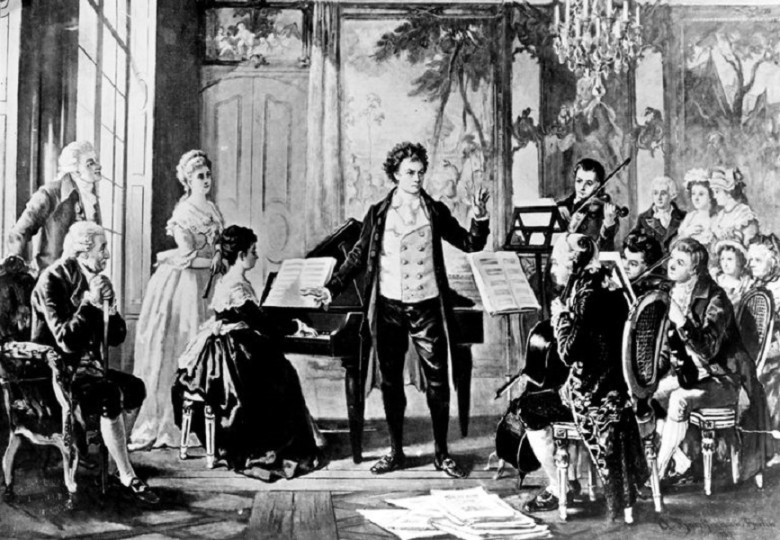
He also suffered from severe intestinal problems, and the condition of his liver was alarming. These health issues significantly affected his ability to perform publicly. Therefore, it is not surprising that he decided not to play before an audience in his forties.
Pure Genius
What may surprise many is how many pieces Beethoven continued to compose during this difficult time. In the decade before his death, he somehow managed to write some of the most astounding musical pieces of all time. Even without his hearing as a guide, he created works of pure genius.
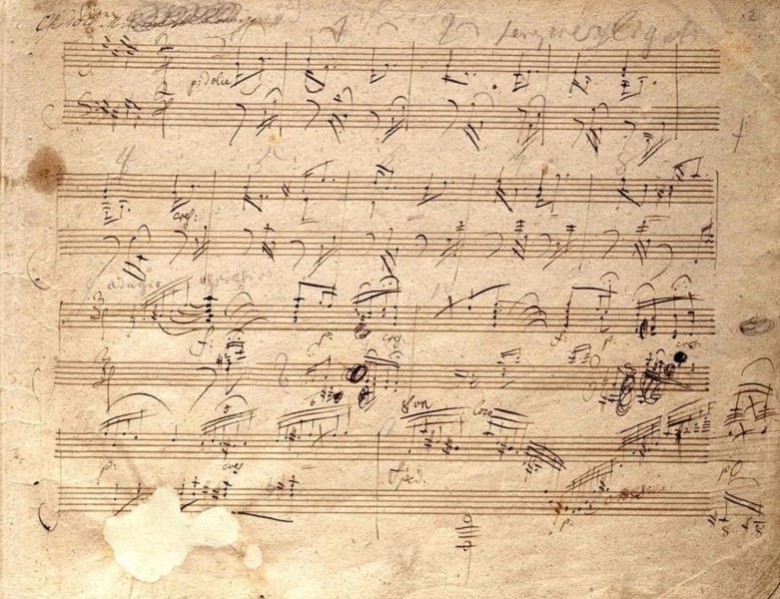
He hoped that such an examination could shed light on the ailments and illnesses he had endured throughout his life. Beethoven wanted his pain and suffering, which he had endured for years, to be fully revealed and understood.
The End
On March 26, 1827, Ludwig van Beethoven met his inevitable fate as he took his last breath at the age of 56 in Vienna. In his final days and hours, he was aware that his body held many secrets and unresolved mysteries about the pain he had suffered.

With a deep desire for the world to understand his lifelong journey of suffering, he expressed before his death a wish for doctors to examine his body after his passing.
Heiligenstadt Testament
In 1802, when Ludwig van Beethoven was still a young man in his thirties, he composed a deeply moving and personal letter that provides a special insight into his innermost feelings and desires. In this emotional letter, he addressed his siblings Johann and Carl and expressed his explicit wish for the exact circumstances and illnesses that had plagued him in his life to be made known to the public after his death.

This was no ordinary letter but rather a kind of legacy that captured his deepest wish for posterity. Historians who have analyzed the content and context of this writing refer to this significant note as the "Heiligenstadt Testament." It stands as a testament to Beethoven's inner struggles, his passion for music, and his desire for understanding in the world.
"The world may reconcile with me"
The document bears the name of the city of Heiligenstadt, where Beethoven had retreated to recover on the recommendation of Johann Adam Schmidt. In his native language, German, the composer wrote

As soon as I am dead, if Dr. Schmidt is still alive, ask him in my name to describe my illness and attach this document to the history of my illness, so that the world may reconcile with me as much as possible after my death."
A Puzzle
Ludwig van Beethoven's wish to inform the world about his health issues proved to be more complex and challenging than the famous composer might have imagined. Over the years and decades, his illnesses have been the subject of much speculation and debate.

As renowned geneticist Axel Schmidt from the University Hospital Bonn highlighted to AP News, Beethoven's health condition often had a direct impact on his creative work, sometimes even severely limiting it. For many doctors and experts, deciphering the precise causes and connections of his illnesses has always been a mystery and a real challenge. It was as if a veil of enigma shrouded the true circumstances of his suffering.
Advanced Technology
But now, almost two centuries after Beethoven's death, medical technology has made such enormous progress that it may provide us with real insights into Beethoven's health problems.
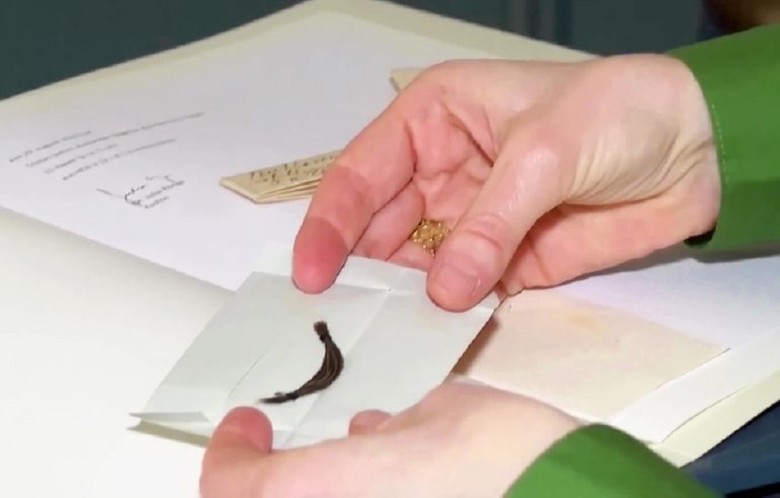
To put it simply, scientists have been able to analyze his DNA. And where did they get this DNA? Actually, from the strands of hair that were collected after his death.
Music and Science
Tristan Begg isn't just any person in academia; he is a passionate researcher at the forefront of DNA work. While pursuing his PhD in Biological Anthropology at the renowned University of Cambridge, he tirelessly invests his time and energy into this demanding scientific endeavor.

Despite the intensity and dedication required for such academic work, Tristan has not lost touch with his other interests. In fact, he remains true to his passions, and one of them is music. This young researcher combines science and art in an remarkable way, being both a dedicated anthropologist and a great music lover.
Igniting an Obsession
Begg grew up with various genres of music, but he distinctly remembers the moment he discovered Beethoven at the age of 17. He heard the Moonlight Sonata and was immediately captivated. In March 2023, he told NPR

"It really hit me. It was the first 'dun dun dun'. When I heard that... I had to restrain myself from crying. It ignited this obsession both with the music and with the man himself."
Interests Overlap
Tristan Begg's fascination with music led to a profound obsession that went beyond mere art and drew him into the world of science. As a passionate student deeply engaged in genetics, he pursued a deeper purpose. He wanted to decipher the core of Beethoven's health issues.
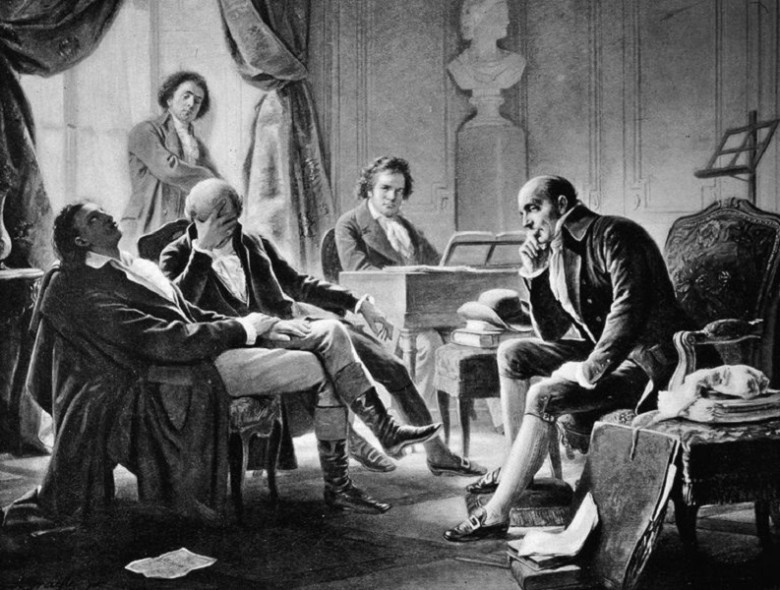
Begg questioned whether there could be specific genetic factors behind the famous composer's medical challenges. Could such genetic aspects, for example, be the cause of Beethoven's tragic hearing loss or his agonizing recurrent digestive problems? With this question in mind, he delved deeper into his scientific investigations.
Liver Problems
And then there were Beethoven's other health issues. The genius suffered terribly from a liver disease that came with a variety of terrible symptoms.

His trachea bled, growths formed on the organ, and he suffered from jaundice. According to Begg, it was this disease that ultimately took Beethoven's life.
Getting to Work
The question of whether Beethoven's liver disease, deafness, and digestive problems had genetic causes deeply intrigued Tristan Begg. In an ambitious endeavor to shed light on this mystery, he and his team collected hair strands that were said to come directly from Beethoven's head. However, these historical samples posed challenges for the researchers.

It was by no means easy to extract the necessary genetic information from the old hair strands. Each strand was a puzzle in itself, and the team had to proceed carefully and methodically to gain valuable data. Despite the difficulties, Begg was determined to decode Beethoven's genetic secret.
Tiny Fractions
Begg tried to explain the challenges he and his colleagues faced to NPR. "Your genome is made up of these enormously long stretches of DNA," he explained. And by "enormously long stretches," he means billions of molecules known as nucleotides.

But, he continued, "the average fragment length of DNA that we got from these hairs was only about 15 nucleotides." The problem is obvious—the hair strands contained only a tiny fraction of the required nucleotides.
"Depressing" is the word
To overcome this obstacle, Begg and his colleagues had to utilize state-of-the-art techniques. They did so but encountered a new issue.

They found that some of the hair strands they were analyzing came from different people—they were not from Beethoven's head at all! Reflecting on this discovery, Begg said, "Depressing is the word. I thought that the project was a failure."
A Pulse
Indeed, Begg shifted his efforts to a completely different project. However, his attention was captivated once again when someone from the American Beethoven Society managed to obtain more of Beethoven's hair.

These locks of hair were examined, and everything indicated that they were authentic. At that point, Begg remarked, "Suddenly, the project had a pulse again."
Tedious Work
Following that, Begg and his colleagues embarked on their laborious genetic sequencing processes once more to uncover the secrets behind Beethoven's illnesses.

However, it wasn't as simple as searching for a single problem responsible for all his issues. They had to scrutinize everything carefully. So first, let's look at his deafness.
Coming up short
Unfortunately, the researchers hit a roadblock here. They could not find a genetic cause for Beethoven's hearing loss and also had no particular success in finding the reason for his digestive issues.

They discovered that he did not have a high risk of irritable bowel syndrome, and it also did not seem like he was intolerant to gluten or lactose.
Triple Risk
The scientific journey to investigate the cause of Beethoven's liver disease yielded remarkable results. The researchers were able to identify the PNPLA3 gene in Beethoven's DNA, which was considered a crucial breakthrough in the investigation. This specific genetic marker has profound implications for understanding his health problems.

According to Tristan Begg, who led the study, this gene would triple Beethoven's risk of developing a liver disease. These findings help unravel the mystery of Beethoven's health challenges.
A Heavy Drinker
Having the PNPLA3 gene in someone's DNA doesn't necessarily mean that a serious health threat is expected. In many cases, this gene can be harmless and have no visible impact on the carrier. However, the problem arises when someone who possesses this gene engages in excessive alcohol consumption.

Historical records and reports suggest that Beethoven was among those who enjoyed and perhaps drank too much. In his case, the presence of this gene in combination with his lifestyle could have contributed to his health problems.
Signs of a Virus
During the detailed examination of Beethoven's hair strands, geneticists came across further revealing findings. In addition to the factors mentioned earlier, they discovered traces of the Hepatitis B virus in his DNA. This virus is known to cause severe liver diseases, including cirrhosis and liver cancer.

Tristan Begg, one of the researchers, emphasized the significance of this finding, stating that Hepatitis B is globally recognized as one of the leading causes of such serious liver diseases. Therefore, this discovery could be another piece of the puzzle in understanding Beethoven's health problems.
However One Looks At It"
Each of these health conditions that Beethoven experienced would already be concerning when viewed in isolation, although it may not necessarily have led to death – but that remains purely hypothetical. However, in combination – excessive drinking, the presence of the PNPLA3 gene, and an infection with Hepatitis B – they posed a dangerous mix that significantly affected Beethoven's health. Tristan Begg, involved in the investigation, emphasized the severity of this combination.

He commented on this, stating that given these circumstances, it is hardly surprising that Beethoven ultimately died from cirrhosis, particularly at a relatively young age of only 56. It offers a perspective on the immense health challenges the renowned composer faced.
Solid Work
The insights made by Begg and his colleagues are supported by other experts in the field. For example, George Church from Harvard Medical School, who was not involved in this research, publicly stated that the work is "solid."
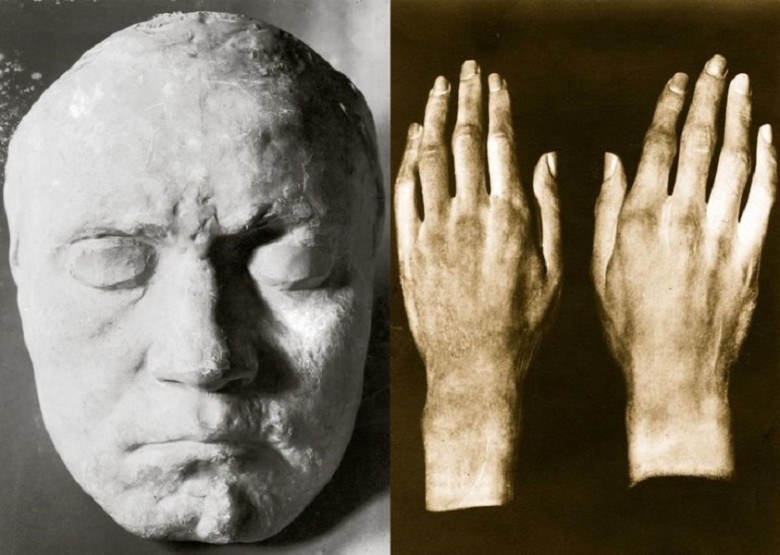
However, as he told NPR, "I think the disappointment was the absence of an explanation for the hearing loss. It's not the fault of the authors. It's the fault of the samples."
Deep Divergence
Another interesting discovery made by Begg and his colleagues had nothing to do with Beethoven's health. The group compared the composer's Y-chromosomes with those of five of his living descendants.
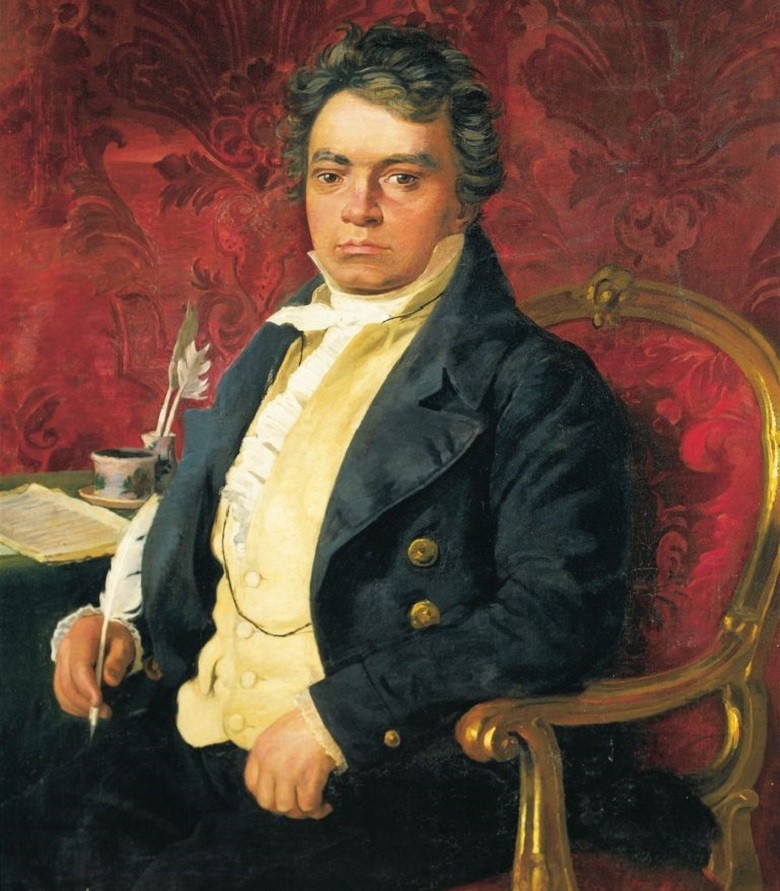
And they found that, in Beggs's words, they "diverge significantly" from each other. But what does that mean exactly?
Extramarital Paternity Event"
In George Church's words, the results suggest that at some point between 1572 and 1770, an "extramarital paternity event" occurred in Beethoven's family.

In layman's terms, it means someone in the composer's family had a baby with someone unexpected. The implication is that someone had an affair.
Depths of Knowledge
So, you can see the depths of knowledge potentially contained in these strands of Beethoven's hair. All it takes is extremely sophisticated DNA technology to decipher it! Of course, easier said than done, as the fact remains that we still don't know how he lost his hearing.

But with the development of increasingly advanced research, historians are uncovering more and more unsettling truths about the greatest figures in history.
Digging deeper
For example, let's go back to 1998, when some workers in London are busy renovating a charming Georgian house near the Thames in the heart of London. One of them is working in the basement when he makes a shocking discovery – human bones.
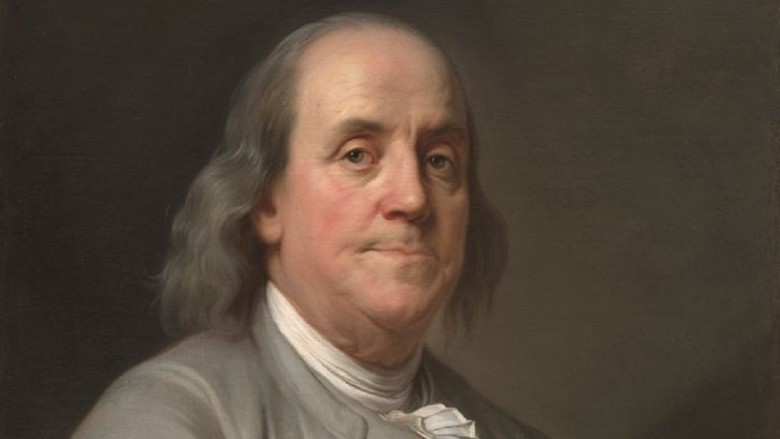
The police are called, but analysis later shows that they are 200 years old. But what really astonishes is the identity of the man who lived in this house two centuries ago – Benjamin Franklin.
36 Craven Street
The property we are talking about is located on a terrace of charming four-story brick houses. House number 36 has Grade I listed status, the highest architectural designation a building can receive in England.
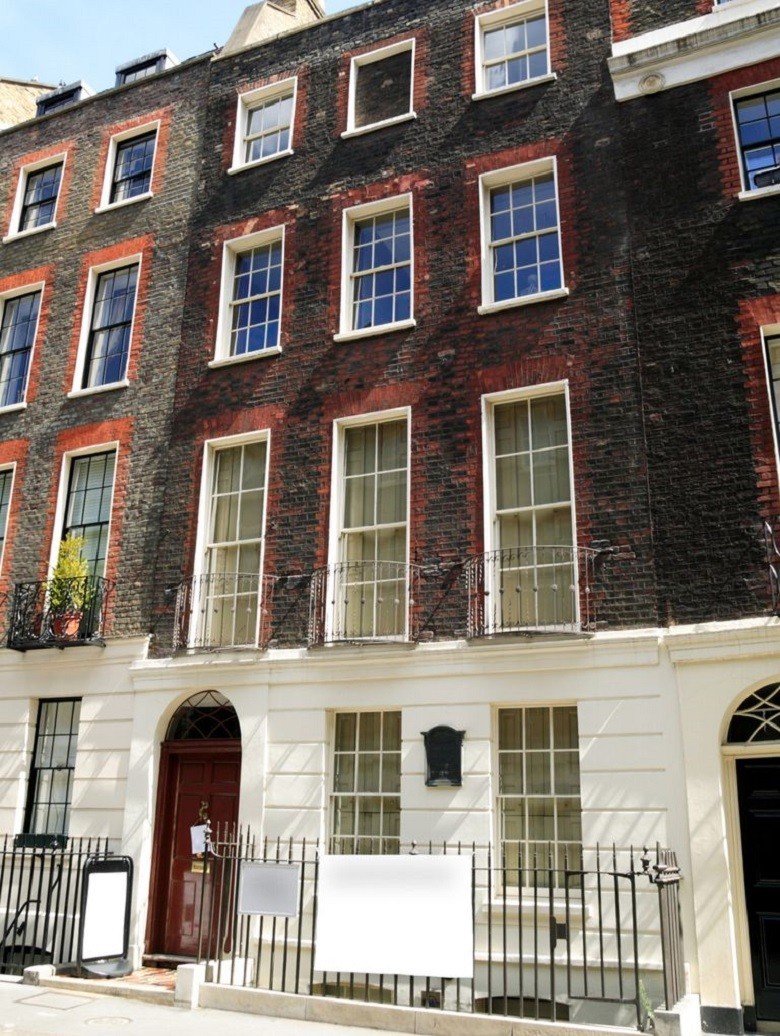
This status is not only due to the architectural value of the house but also because it was Benjamin Franklin's home for 18 years. He spent this time as an important diplomat in London, connecting the colony of Pennsylvania with Great Britain.
18 years in London
Benjamin Franklin, one of the most prominent figures in American history, had a remarkable attachment to London. His first trip to the British capital dates back to 1724 when he sailed across the Atlantic Ocean full of ambition to further his career in the printing trade. This initial stay lasted only a few years, but when he crossed the ocean again in 1757, he did so with the intention of staying in England for a much longer time.

As impressive as it may sound, between that year and 1775, despite his deep connection to the American colonies, he spent a total of only 18 months in his homeland. His extended stays in London attest to his deep connection and affinity for the city.
William Hewson
The connection between 36 Craven Street and Franklin is strong. The four-story house with a basement, built in 1730, was relatively new when Franklin moved in 1757. The first occupant was a certain John Hodson, but in 1748, Margaret Stevenson took over the lease.
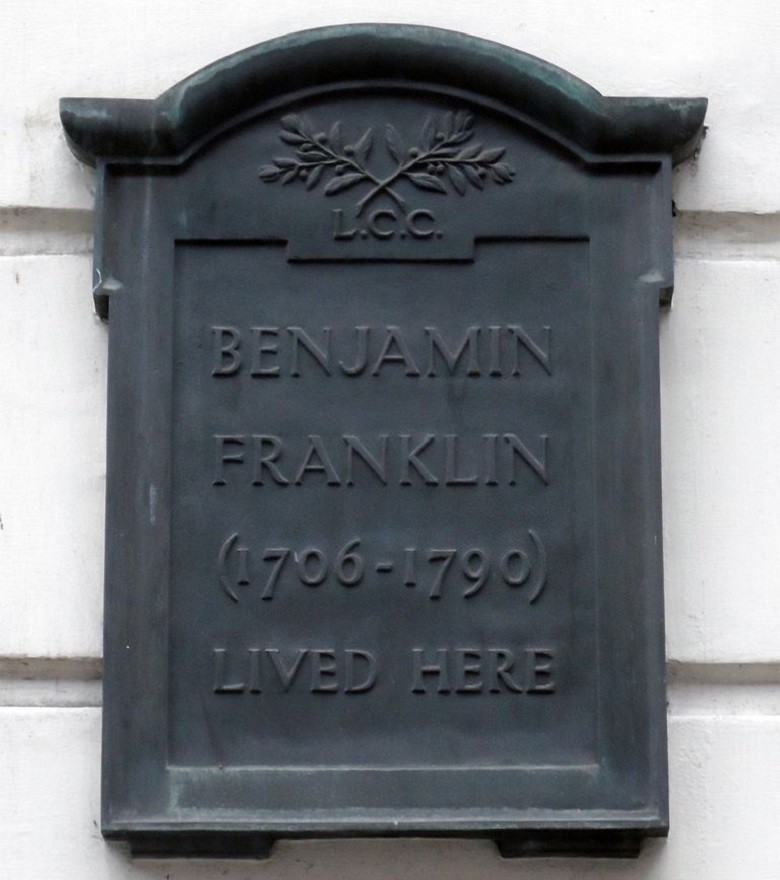
She became Franklin's landlady. Stevenson was closely connected to Franklin as she was the mother-in-law of his good friend William Hewson. But more on that later.
Quite Posh"
The house was built with wood paneling in many rooms and had four stories above ground as well as the basement below. Franklin only rented a portion of the building and seemed quite satisfied with his London home.

In a letter to his wife Deborah, who stayed in America, he wrote, "I live in Craven Street near Charing Cross, Westminster. We have four furnished rooms, and everything here is quite posh."
A Convenient Location
For Franklin, the location of the house was certainly convenient, given all the diplomatic business he had with the British government. The Houses of Parliament are barely a kilometer away.

As we've seen, Franklin only rented a portion of the property, and it was originally built to be rented to tenants. This use continued until World War II.
Bomb Damage
During World War II, 36 Craven Street, like many parts of London, suffered bomb damage. However, this damage was repaired by Caroline Bache, a great-great-great-granddaughter of Franklin, and various American institutions interested in the great man.

These institutions included the Franklin Institute of Philadelphia and the Historical Society of Pennsylvania. Later, a group called the British Society for International Understanding occupied the building.
A CIA Cover-up?
An article in the magazine Nature reported that this society was a charity organization founded in 1939 to "encourage the British to develop a genuine understanding of other nations." Today, it seems to no longer exist. Márcia Balisciano, the director of the Franklin Museum, said in 2006 in American Heritage,

"I always have to determine what is fact and what is legend. One of the completely unproven legends is that [the society] was a cover for the CIA."
A Convenient Location
The location of the house was certainly convenient for Franklin due to all the diplomatic business he had with the British government. The Houses of Parliament are barely more than a kilometer away.

As we have seen, Franklin only rented a portion of the property, and it was originally built to be rented to tenants. This use continued until World War II.
Bomb Damage
During World War II, 36 Craven Street, like many parts of London, suffered bomb damage. However, this damage was repaired by Caroline Bache, a great-great-great-granddaughter of Franklin, and various American institutions interested in the great man.

These institutions included the Franklin Institute of Philadelphia and the Historical Society of Pennsylvania. Later, a group called the British Society for International Understanding occupied the building.
A CIA Cover-up?
An article in the magazine Nature reported that this society was a charity organization founded in 1939 to "encourage the British to develop a genuine understanding of other nations." Today, it seems to no longer exist. Márcia Balisciano, the director of the Franklin Museum, said in 2006 in American Heritage,

"I always have to determine what is fact and what is legend. One of the completely unproven legends is that [the society] was a cover for the CIA."
The Friends of Benjamin Franklin House
During the 20th century, the property with the address number 36 appeared to be abandoned, and its condition deteriorated over time. It was in danger of being forgotten and falling into decay. However, in 1978, the situation changed when a dedicated group led by Mary, Countess of Bessborough, stepped in.
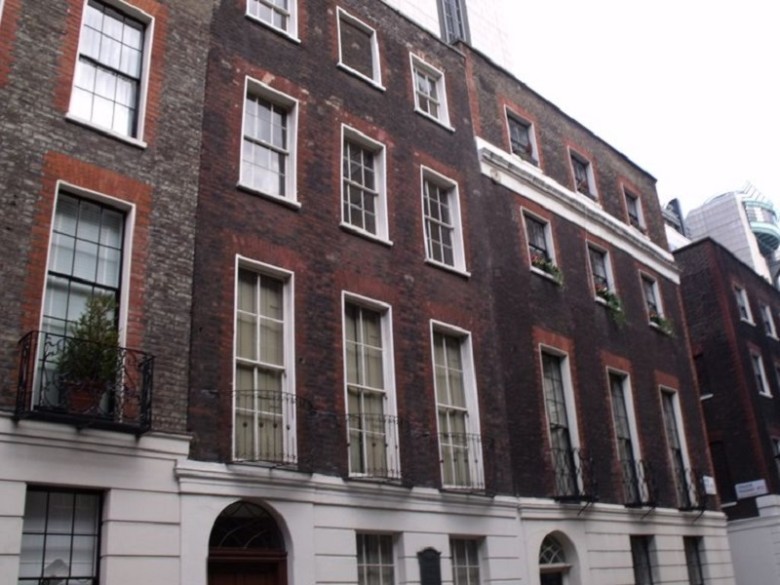
This group, called "The Friends of Benjamin Franklin House," passionately advocated for the preservation and restoration of the historic building. Thanks to their tireless efforts and dedication to heritage conservation, the house still stands today, reminding us of its impressive history.
On the Brink of Collapse
An article from 2003 in the British newspaper The Guardian reported that the rescue came just in time. The article noted that the house was on the verge of collapse. In 1989, the British government transferred the property of Franklin's old house to the Friends.
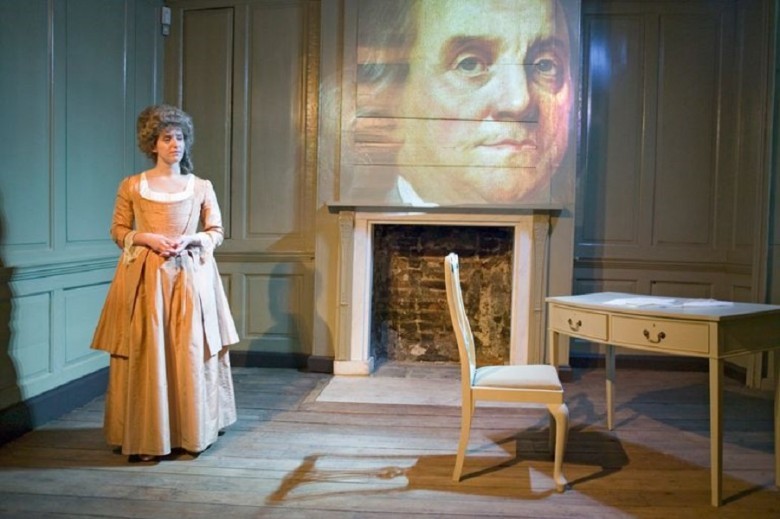
This meant that the organization could now earnestly raise funds to restore the property to its former glory.
Benjamin Franklin Museum
The group "Friends" has successfully saved the historic property and transformed it into a museum. This museum, named after the famous resident of the house, Benjamin Franklin, ceremoniously opened its doors on January 17, 2006.

This date was not chosen by chance, as it marked Franklin's 300th birthday. The restorers entrusted with the challenging task of restoring the damaged house painstakingly worked to bring it back to its former glory during Franklin's time.
A Gruesome Discovery
The Friends of Benjamin Franklin House successfully oversaw the restoration of Number 36. However, it was not this work that grabbed the most attention from the press during the renovation.

Instead, it was an incident shortly after work on the house began in 1998 that made headlines. A chilling discovery in the cellar of the house on Craven Street captured the imagination of journalists and the public alike.
A Large Bone
About a month after work started on Number 36, Jim Field, a member of the restoration team, was working in a cellar room. This windowless room extended beneath the house's garden.

There were traces indicating that a pit of approximately one square meter had been dug into the floor of this cellar room. At the top of this filled-in hole, a large bone fragment was clearly visible.
1,200 Bone Fragments
Field quickly recognized that this bone was a human femur. The police were called, and eventually, around 1,200 bone fragments were recovered from the pit.

These belonged to at least ten individuals, including six who had died in childhood. That's a lot of dead people apparently hidden in the cellar of a house.
Human Remains
The next step was determining how long these human remains had been in the cellar of 36 Craven Street. The coroner, responsible for investigating unexplained deaths, quickly concluded that the bones were over 100 years old.

So, a recent murder case was ruled out. But just because the bones were too old for a current murder case, it didn't explain why they were buried in this pit.
A Serial Killer?
Was there ever a serial killer in the history of 36 Craven Street? The matter became even more mysterious and ominous when archaeologists conducted further excavations a few months later.

Additional human bones were discovered, along with a variety of animal bones, including fish, birds, and dogs. Strangely, the researchers also found the remains of a turtle.
Burial Pit
This pit, which would have originally been in the garden of 36 Craven Street, was carefully prepared. An article in the journal Archaeology International described it, noting

"It appears to have been a carefully constructed burial pit in which layers of mixed human and animal remains, ceramics, glassware, and other materials alternated with layers of slaked lime and soil." Someone had clearly put a lot of effort into it.
A Diabolical Criminal Genius?
Was this the work of a diabolical criminal genius? And could this macabre villain be in any way connected to Benjamin Franklin, who had lived there for so many years?

We've seen that the coroner already determined that the bones were over a century old. However, in order to learn more about the origin of the human remains, a more precise dating was necessary.
200 Years Old
Dr. Simon Hillson from the Institute of Archaeology at University College London examined the bones to determine their age. The result? They were about 200 years old, an age that meant they could have been buried during Franklin's time in the house.
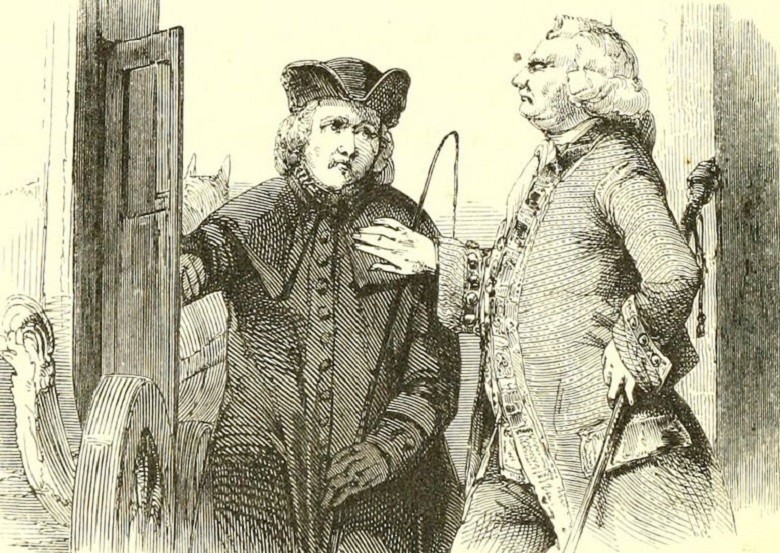
Had the renowned American, in addition to politics and science, also been involved in mass murder?
An Explanation
Dr. Hillson found numerous indications that the bones dated back to the time of Franklin's stay in London. But he also discovered a possible reason for the presence of these bones that didn't point to murderous activities by Franklin or anyone else.

This explanation for the presence of these human remains was based on the activities of Franklin's friend, Hewson, whom we mentioned earlier.
An Anatomy Student
Hewson was a dedicated anatomy student who had the privilege of studying under the renowned William Hunter in London. After an intensive period of study in Edinburgh, he returned to London in 1762 with new knowledge and skills, soon becoming a partner in Hunter's prestigious institution.
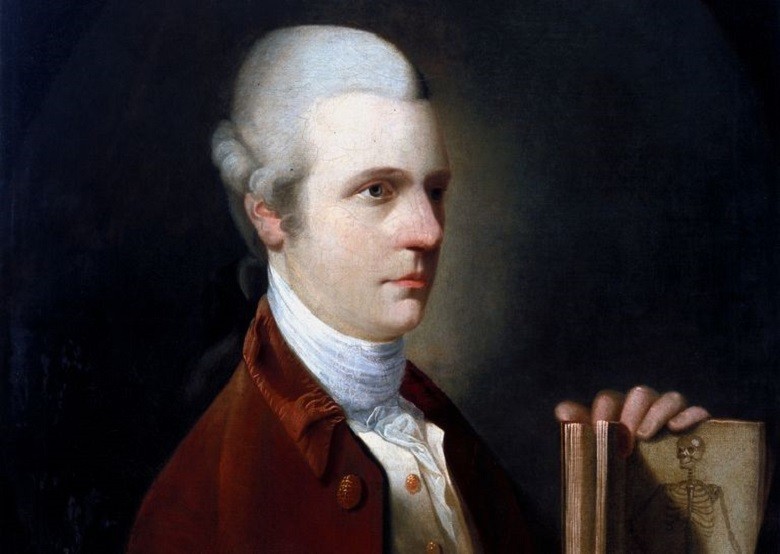
However, the working relationship between the two was not always harmonious. An unspecified conflict eventually led to tensions between Hewson and Hunter. Determined to forge his own path and not be hindered by differences, Hewson ambitiously founded his own anatomy school in 1772.
An Ideal Location for an Anatomy School
Clearly, if Hewson wanted to run an anatomy school, he needed premises. As luck would have it, his mother-in-law owned a house, namely the property at 36 Craven Street. And as we know, that's exactly the house where Franklin lived.
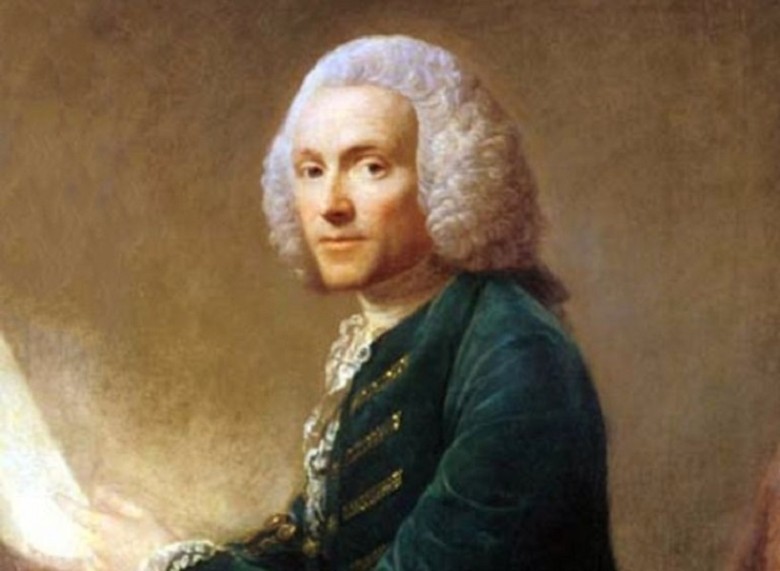
Hewson believed it was the perfect place to establish his new academy. So while Franklin was residing at Number 36, Hewson's anatomy school was also housed there.
Dissections
Now, if you want to teach anatomy, one of the most effective methods to demonstrate the intricacies of the craft is the actual dissection of human corpses.
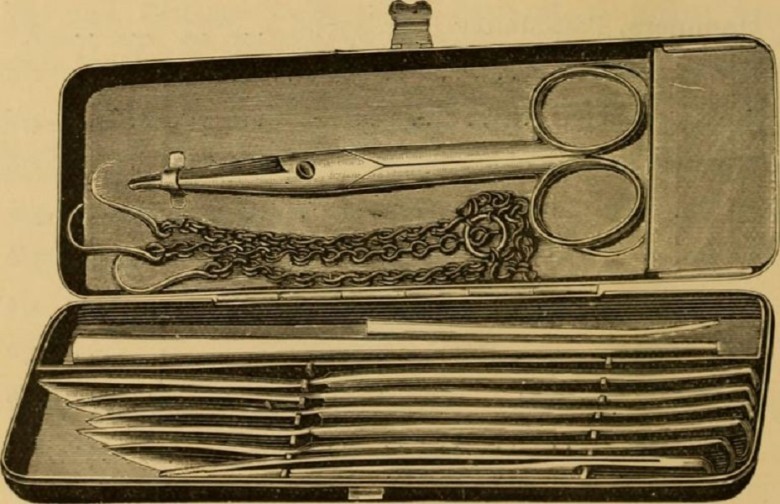
But in mid-18th century Britain, although dissection was common, procuring bodies for this purpose was quite a delicate matter. In fact, it bordered on illegality—and impropriety.
Body Snatchers
There was a whole group of men known as Resurrectionists who specialized in providing corpses for dissection. They conducted their grim business by often digging up recently buried bodies from church graveyards. It is also said that they often transported their eerie cargo along the Thames.

As we mentioned earlier, Craven Road 36 is just a few minutes' walk from the riverbank, which would have been convenient for Hewson.
Highly Questionable Sources
Since Hewson likely sourced his dissection subjects from very questionable sources, he needed to discreetly dispose of the remains of the corpses. And what could be more convenient than his own backyard?

When the pit for the corpses was excavated, it was actually located in the garden of Number 36, in an area that was later built upon by an extension of the house.
Evidence
How certain can we be that the human remains found in Franklin's London house actually originated from Hewson's anatomy school? In fact, researchers have found impressive evidence that this was the case.

This clears founding father Franklin of the accusation of being a serial killer – much to the relief of American patriots. But what evidence is there?
Turtle Remains
The facts were compiled by researchers at the Institute of Archaeology at University College London. They found that in many cases, the bones had been cut in a way that indicated the hand of an experienced anatomist performing a dissection.

As Archaeology International reported, "These are the classic cuts used in the preparation of specimens for anatomy courses." Another compelling piece of evidence came from the turtle remains mentioned earlier.
Mercury
A part of a turtle's spine was found within the burial pit, with traces of mercury alongside it. Hewson was known for his research on the lymphatic system, and some of that research involved injecting mercury into turtles to track their flow.

At times, Hewson also used vermilion dye for the same purpose, and some of this substance was found in the bones of a dog from the pit.



















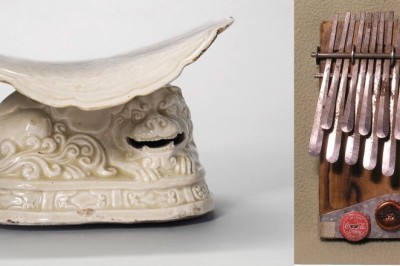
Comments
0 comment